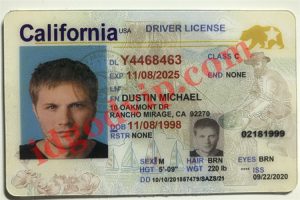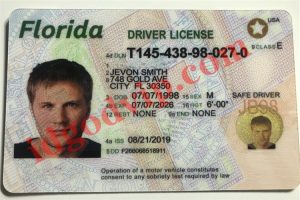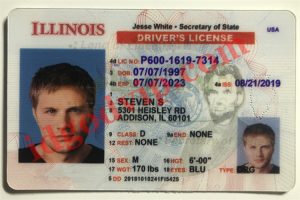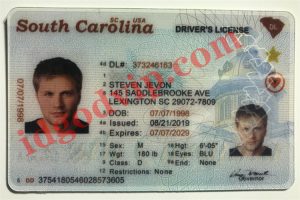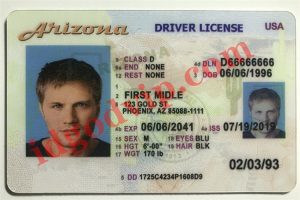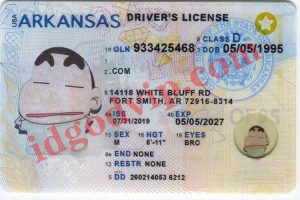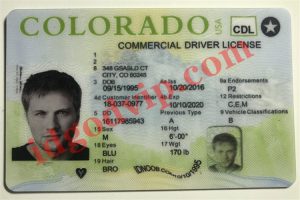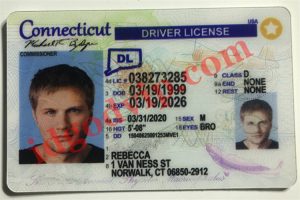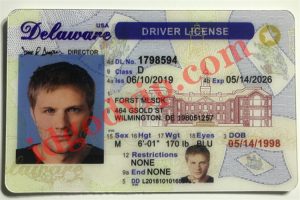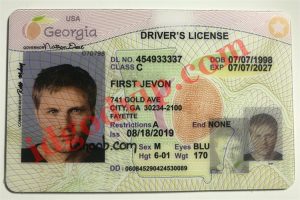Laminated polycarbonate ID famous technology
Now that we have differentiated the different applications for laminated polycarbonate id card fakes, we should discuss the various advancements that are available. There are two main polycarbonate covering procedures available, and their application depends on your preferred results. these are:
- Spacing Polycarbonate Cover
This interaction involves covering the polycarbonate with tar. Asphalt is a semi-sticky substance found in plants that can be converted into polymers. When using coated polycarbonate, the substance has areas of strength that keep the material intact in its desired shape.
The excellent thickness of the tar makes it an easy-to-use and affordable coverage strategy. To do this, you don’t have to buy an expensive machine; this overlay protects the polycarbonate from harsh weather.
- Polyethylene Butyl (PVB) Laminate
With so many choices for polyvinylbutyl (PVB) polycarbonate laminations in the lamination business, it’s not hard to see why. The best choice for applications requiring strong adhesion to a variety of surfaces with durability and optical clarity.
PVB Polycarbonate overlays typically involve the use of one layer of PVB to hold at least two sheets together, or as many layers as possible. You’ll need a more complicated machine to do this cycle though, as it requires pressure rollers to expel air bubbles, unlike asphalt mulch, which can do it so. In addition, there is a difference in glue in the middle of the road layer, which has viscoelasticity.
- PVC cover
This cover requires a specific ID card printer, where the coverage cycle includes the use of strength and tension after the card plan is printed. Here, overlay films are expected to prevent blurring, scratches and different elements. Cover ID printers prove useful here because they apply the cover through a quick two-step process.
Types of laminate finishes for scannable fake id
There are three cover types, each with its ID benefits and summaries.
- Matte ID Laminate
This is a typical cover method that gives the best fake id a smooth and clear matte finish. It also makes printed text and photos look more vibrant and easier to read with less light reflections. The ID card looks neat, delicate and secure. - Gleam ID Laminate
This is another cover style that uses a plastic sheet and creates a smooth and reflexive finish. It is applied on both sides of the ID card to give it a great look and prevent fraying and blurring. - Delicate Touch ID overlay
It’s a luxurious style that brings extravagant richness to scannable fake id. It’s actually similar to a matte finish, but does an ID card finish without a hitch. They are just as secure and protect the card for a long time.
take everything into consideration
Standard laminated PVC ID cards are not strong, but using a high quality card material such as PVC+PET will increase the toughness and strength of the card and reduce the cost. This is one area where organizations are reluctant to devote their resources to finesse. Polycarbonate fake ID cards are a better decision when it comes to covering, and card printers are reasonable and require less support. Another benefit of Teslin and PVC covered id card fakes is size. Regular PVC-covered printers allow one size card, but polycarbonate and Teslin are available in a variety of sizes.
Depending on the capacity of the printer, the cycle starts with a reasonable film, and the overlay module below involves high temperatures for overlay. There’s no doubt that putting resources into the right materials and hardware will guarantee a smoother cover cycle than at any time in recent memory.
